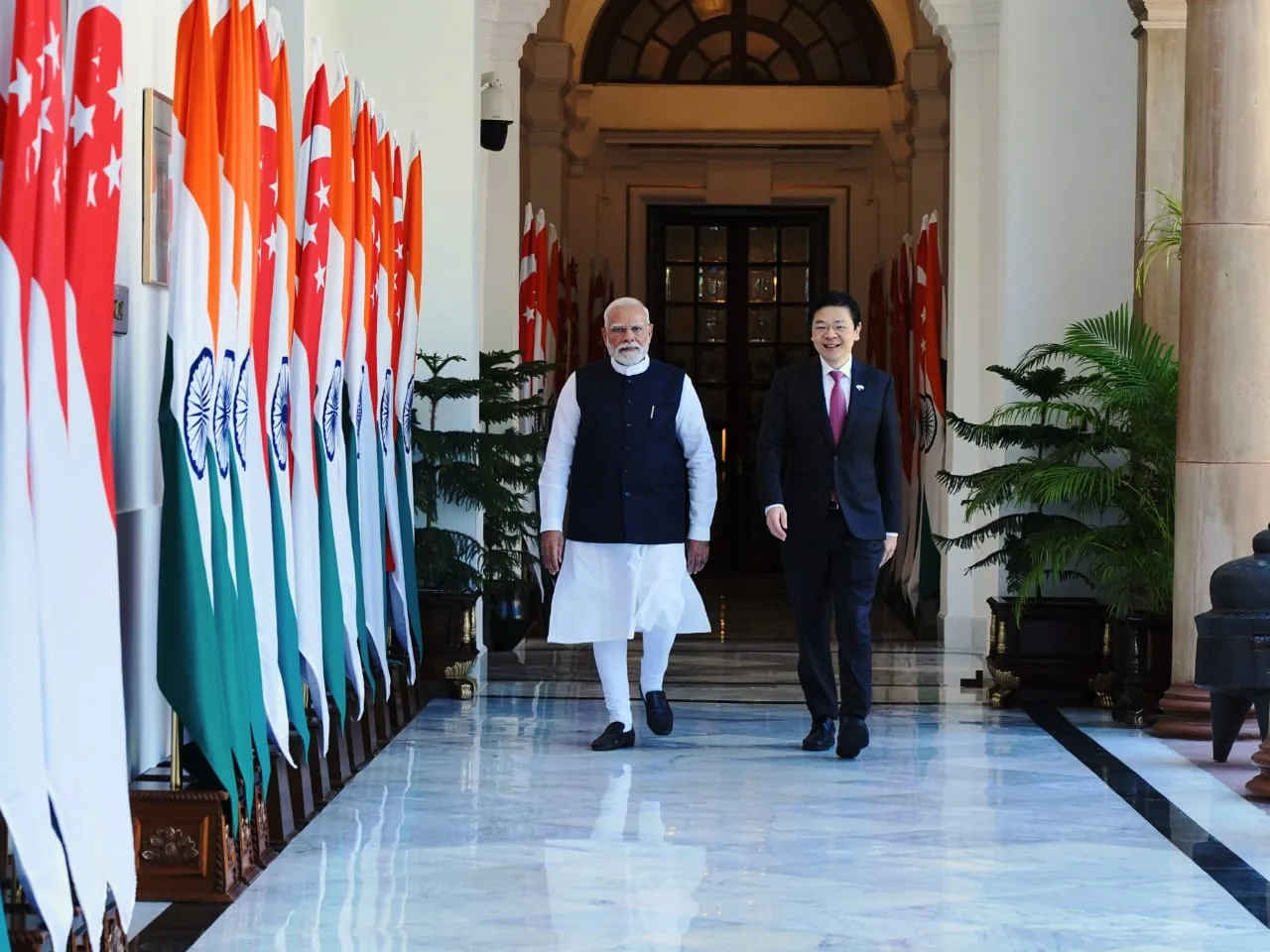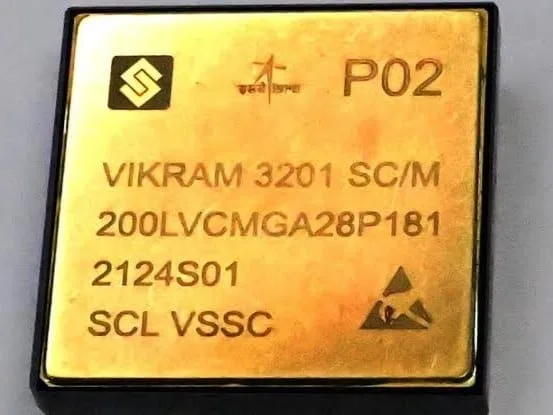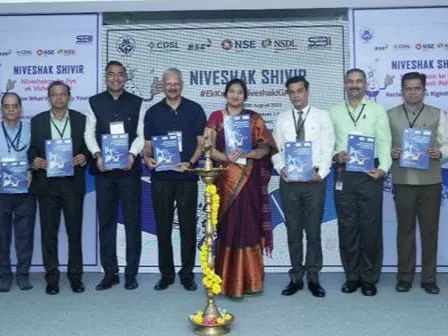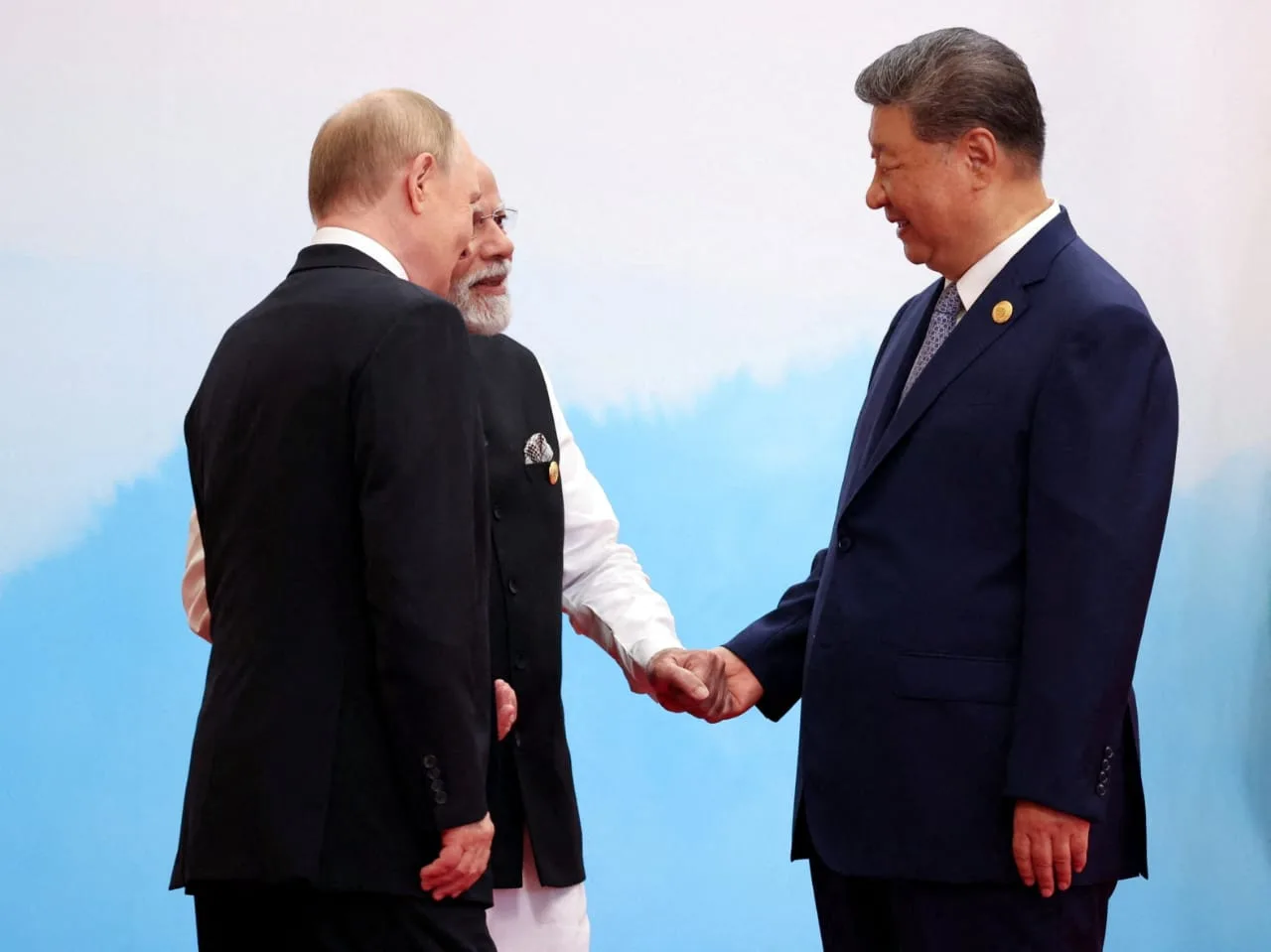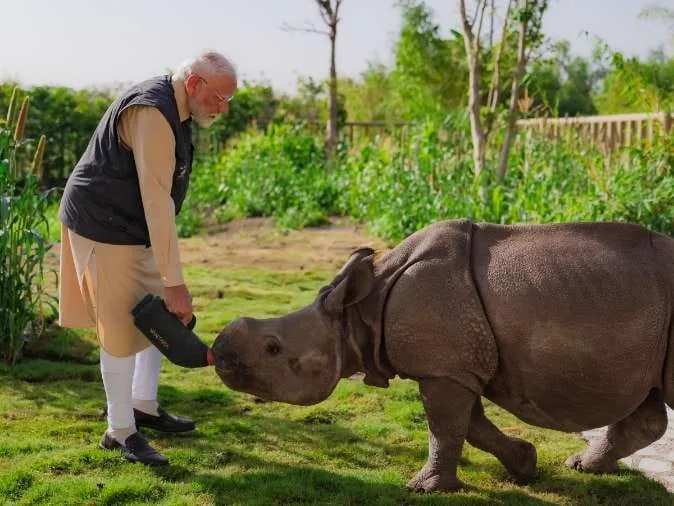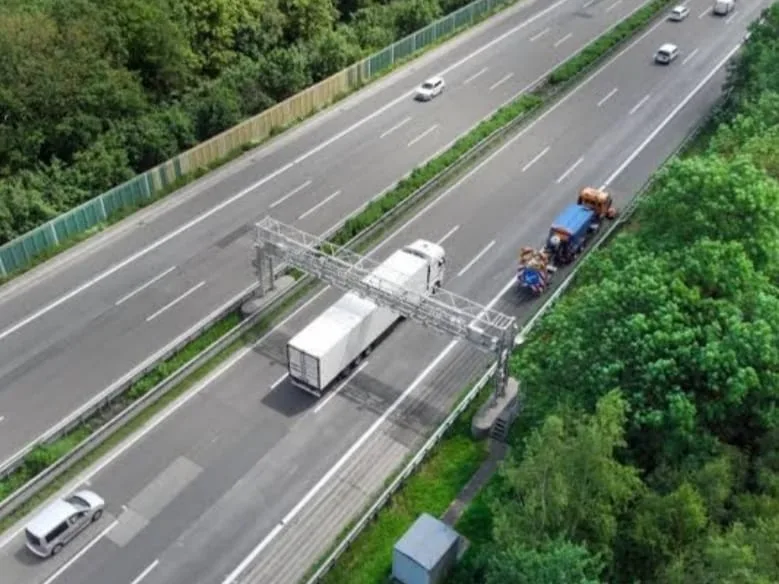The Production-Linked Incentive (PLI) Scheme is an initiative by the Indian government to boost domestic manufacturing, attract investments, and enhance exports across various key sectors . It aims to reduce India’s reliance on imports, create jobs, and make Indian manufacturers globally competitive .
Here’s a detailed overview:
- Objective: The primary goals are to attract investments, enhance manufacturing capabilities, increase production, boost exports, and generate employment . The scheme also aims to integrate India into global value chains .
- Key Features:
- Financial Incentives: Provides financial incentives to companies based on incremental sales or production .
- Target Sectors: Focuses on key sectors to enhance India’s manufacturing capabilities and exports .
- Impact and Achievements (as of March 2025):
- Investment: Attracted approximately ₹1.61 lakh crore (US$18.72 billion) in investments .
- Production: Resulted in production/sales of around ₹14 lakh crore (US$162.84 billion) .
- Exports: Contributed to exports surpassing ₹5.31 lakh crore (US$61.76 billion) .
- Employment: Generated over 11.5 lakh jobs (direct and indirect) .
- Applications Approved: 764 applications have been approved across 14 key sectors, including 176 MSMEs .
- Incentives Disbursed: Around ₹14,020 crore disbursed under PLI Schemes for 10 sectors .
- Sectors Covered: The PLI scheme spans across 14 key sectors, including :
- Large Scale Electronics Manufacturing
- IT Hardware
- Bulk Drugs
- Medical Devices
- Pharmaceuticals
- Telecom & Networking Products
- Food Processing
- White Goods (ACs and LED Lights)
- Automobiles & Auto Components
- Drones & Drone Components
- Textiles
- Specialty Steel
- Solar PV Modules
- Benefits:
- Domestic Manufacturing: Incentivizes domestic production, reducing import dependency .
- Export Promotion: Transforms India’s export basket to high-value-added products .
- Global Value Chain Integration: Helps integrate India into key global value chains .
- Job Creation: Generates significant employment opportunities .
- Specific Sector Examples:
- Electronics Manufacturing: Transformed India from a net importer to a net exporter of mobile phones .
- Pharmaceuticals: Expanded India’s position in the global market, making it the third-largest player by volume .
- Medical Devices: Facilitated domestic production of high-end medical devices, reducing import dependence .
- Telecom: Achieved 60% import substitution in telecom products .
- Drones: Experienced rapid growth, driven by MSMEs and startups, positioning India as a global leader in drone manufacturing .
- Implementation: Projects are implemented over a period of 2 to 3 years, with incentive claims typically made after the first year of production .
- Challenges:
- High Initial Investment: Companies may need to make significant upfront investments to qualify for the scheme .
- Complex Implementation: Ensuring compliance and monitoring incremental sales can be challenging .






